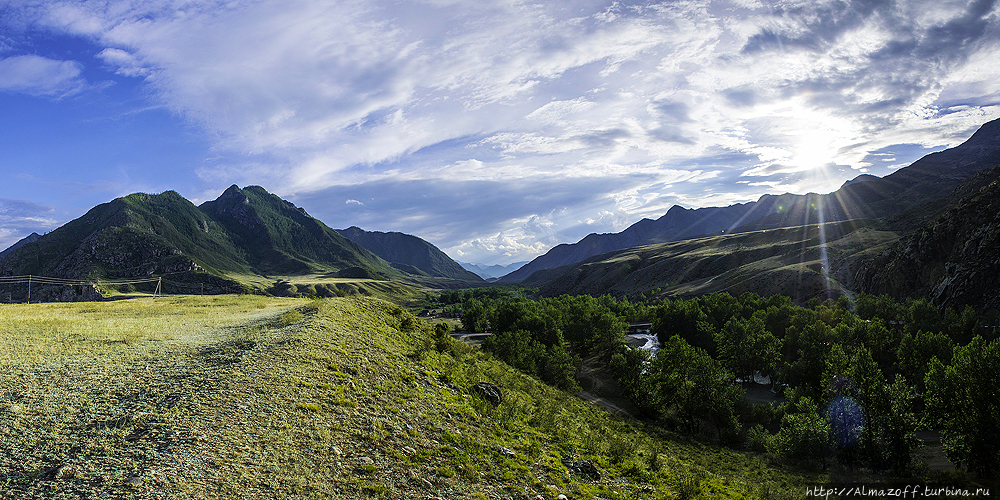The story from Altai about Baba Lena
This story will take place in Altai, a huge mountain area on the corner of borders between Russia, Mongolia, China and Kazakhstan. Republic Altai is an amazing place in Russia, a far-away land, almost on Mongolian border. There at the confluence of the Bolshoy Yaloman and wild Katun rivers, a noble Altai lady lives – Baba Lena.
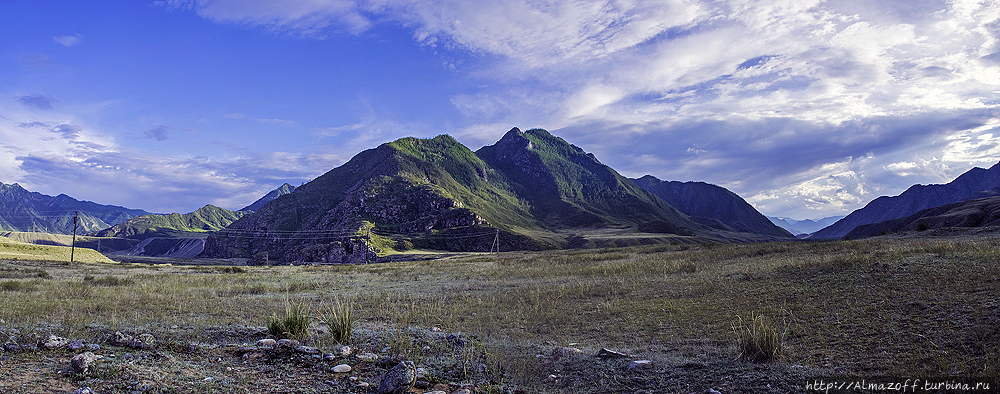
Getting closer to retirement, she bought a piece of land next to the river. She built a simple house and started living there with her sons and grandsons. Then in 2000-s tourism began flourishing in the region. She improved the territory and started giving camping sights on her land for tourists to rent.
But, the way it happens in life sometimes, evil businessmen from the government occupied a part of her territory and put quite a noticeable fence without asking for any permission. Fighting was not an option for Baba Lena. Keeping in mind her age, she simply kept living.
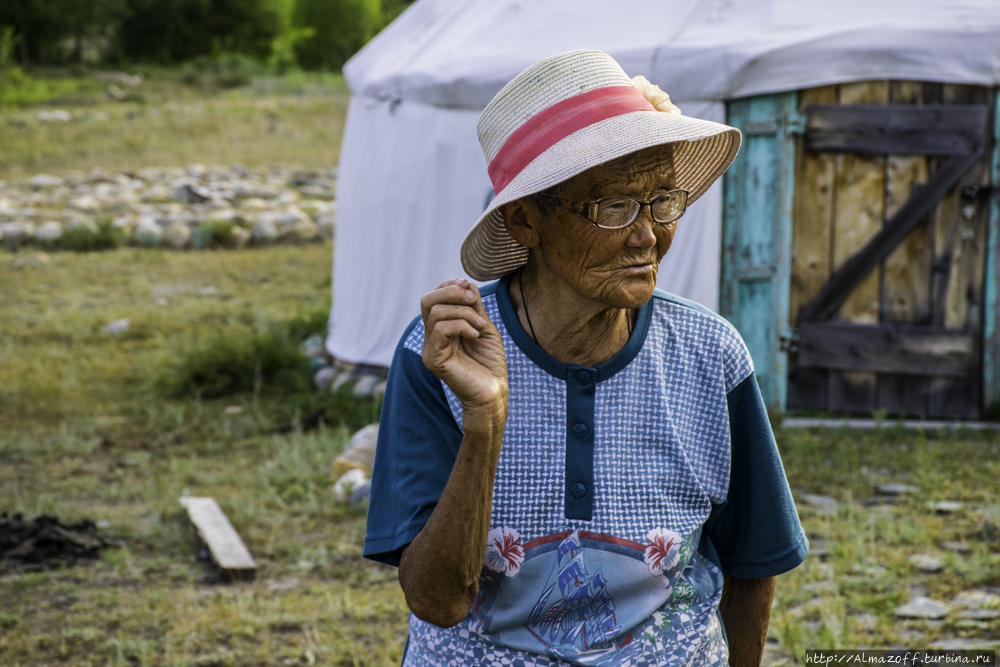
Actually there are really good camping sights for tents with summer houses to stay safe under the rain and a bonfire place on her territory. There is a banya (Russian sauna) and a couple of empty cottage houses. That is all situated on the bank of a beautiful river with almost no mosquitos.
Historically in Republic Altai among other religions was Buddhism, spread quite vast around the Republic. Getting older, Baba Lena forgot about her atheistic soviet union past and remembered about the religion of her ancestors – Buddhism.

What is interesting in this story is that Baba Lena built up on her land a real Buddhist temple of White Tara. The shrine is made inside a traditional house of nomads – “yurt”. A traditional yurt (from the Turkic languages) or “ger” (Mongolian) is a portable, round tent covered with skins or felt and used as a dwelling by nomads in the steppes of Central Asia.
No mobile connection there is another great thing about this place. You can call only from the top of the mountain near by. However, Baba Lena hasn’t climbed the mountain for the past couple of years as years go by and it’s getting harder and harder for her. She’s already 80 years old.
Though she still has power to herd her cows. And in a wooden “aile” (traditional winter wooden house (yurt) of nomadic Altai nations, which is not translated) Baba Lena has a real museum with stones, books, plants and maps of the region.
Apart from the museum and the shrine, there are many things to look around. For example, a piece of the Silk Road. Short but visible. It’s quite hard to imagine the famous Silk Road made only by hand.
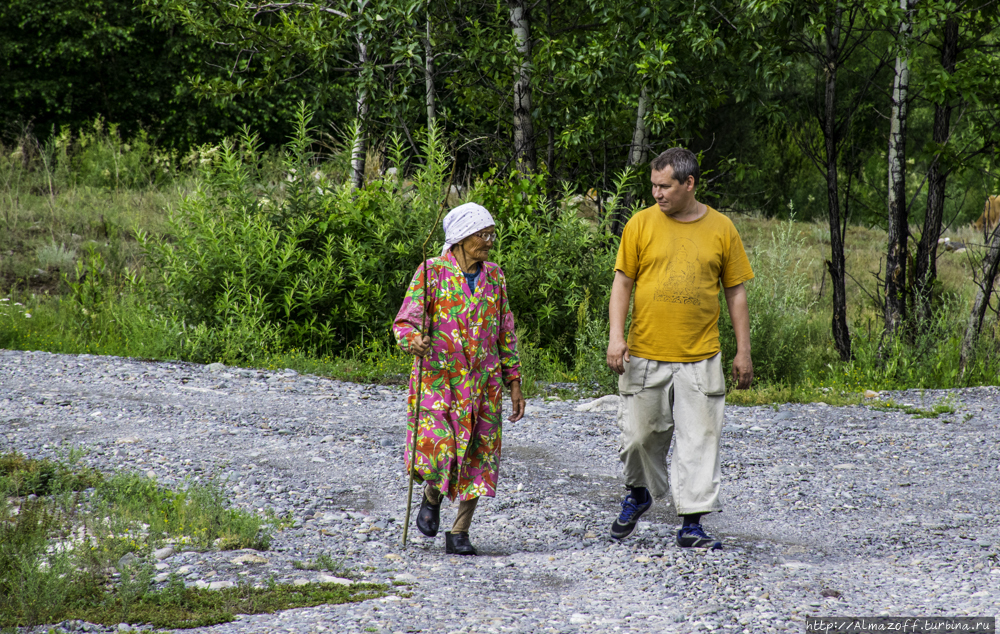
A steep mountain path is laid out with rocky blocks and covered with bushes. It leads to a medieval Turkic hillfort and shows authentic historical place even to ones without any abstract vision.
Also Altai is very famous for its high quality highway. Chuysky Tract is the main modern highway in Altai. Black, impressively even and loved by old-school European bikers. There was another road called Mungalsky Tract already known from Chinese chronicles thousand years ago.
Before the asphalt highway there was a simple path which ancient merchants and worriers used as their way.
The remnants of the path and ancient wooden yurts, we can still see next to a large medieval Turkic hillfort where the Katun river flows in to the Yaloman river with.
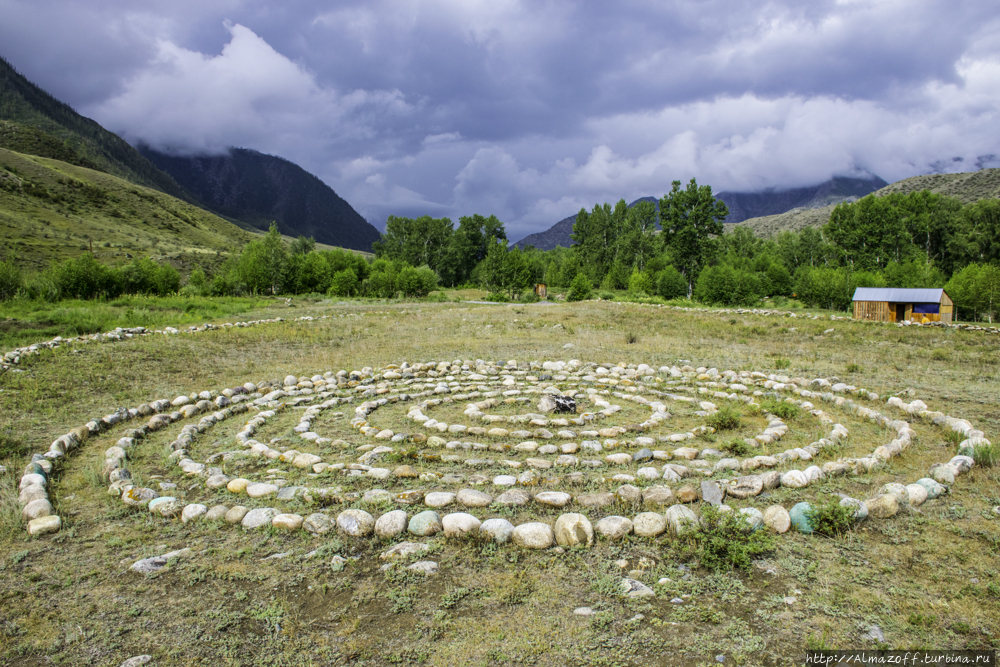
Once you are in Altai, you definitely must see these places! And send greetings to Baba Lena. She will be happy!
P.S. Not for publishing. I write it because sometimes toponyms are not clear for you. But I try to write names in English how we use it in Russia and Kazakhstan. So you can use names in English. The same situation with special words like “aile”.
Please, if something is not clear for you in my next texts let me know in future.
“Chuysky tract is the most famous road in Altai region. It’s a road of federal significance P-256 (also known as M-52).”
“People used Mungalsky tract as the main trade path at the time of Tamerlan then began to call it ”Chuya” as it laid along the Chuya River – the most considerable inflow of the Katun River, serving merchants in the Russian and Altai, Mongolian and Chinese trade way.”
